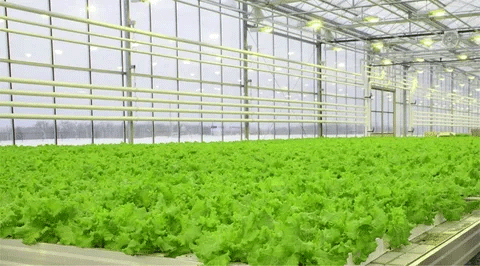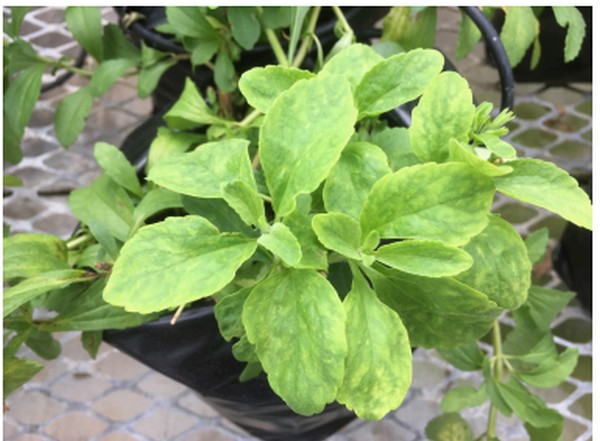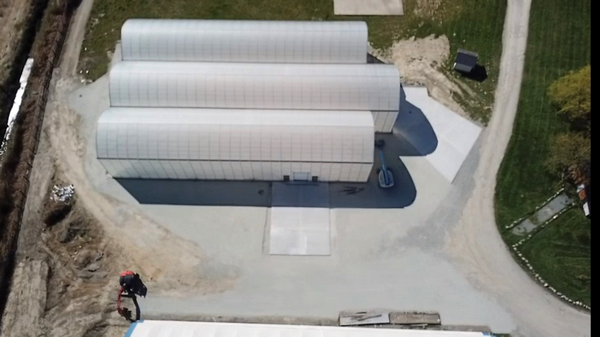Local Colorful Salads Reign Supreme in Week 29 Market Trends
In Week 29, the market for colorful salads was overwhelmingly dominated by domestic supplies, with contributions from Dutch and Belgian imports. The demand for colorful salads, head lettuce, and iceberg lettuce was particularly strong, driven by the hospitality sector and favorable weather conditions. This demand ensured that local suppliers could maintain their positive pricing trend from the previous week.
The robust supply chain was able to meet the heightened demand adequately. In Munich, while local colorful salads occasionally suffered from dirt due to heavy rains, stringent sorting practices ensured that there were no significant quality declines. The stable market environment was characterized by a calm and steady sales flow.
Head lettuce from regional open-field production was readily available, mostly packaged in sets of six or, in some cases, twelve. This was continuously supplemented by modest quantities from protected Belgian cultivation. There were minor price adjustments for head lettuce from the Benelux region, but overall, the price evaluations remained largely unchanged.
Market Insights and Trends
- Demand Drivers: The high demand for colorful salads was largely fueled by the hospitality sector and warm weather, which encouraged salad consumption.
- Supply Stability: Domestic supplies dominated, with consistent availability ensuring that demand was met without significant price fluctuations.
- Quality Control: Despite occasional issues like dirt from heavy rains in Munich, effective sorting practices maintained overall quality.
- Supplementary Imports: While local production was dominant, imports from the Netherlands and Belgium played a crucial role in complementing the available supply.
- Packaging Trends: Head lettuce was commonly available in packages of six, with some regions offering sets of twelve, reflecting consumer and market preferences.
The dominance of local colorful salads in Week 29 underscores the resilience and efficiency of domestic agricultural supply chains. The ability to meet high demand, maintain stable prices, and ensure quality despite weather-related challenges highlights the strengths of local producers. The supplementary role of imports from neighboring countries further stabilizes the market, ensuring a steady and reliable supply.










